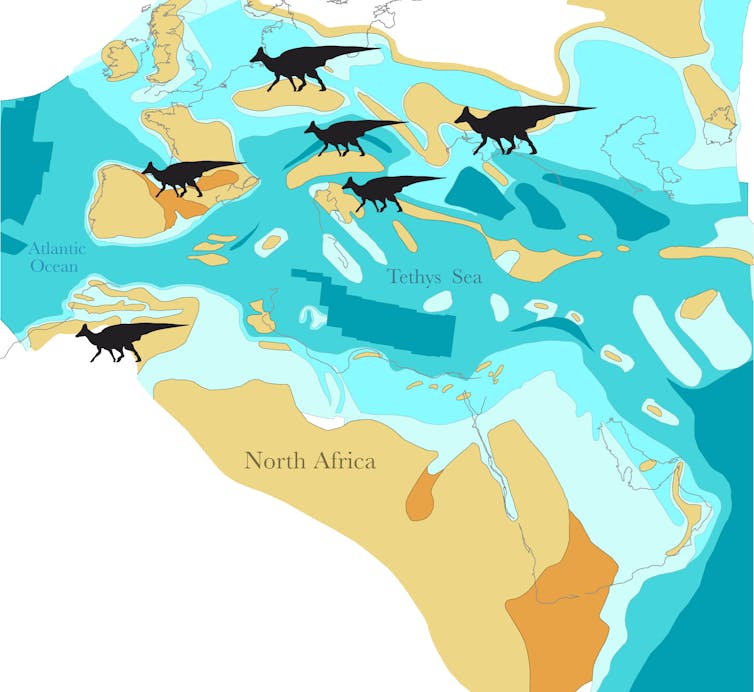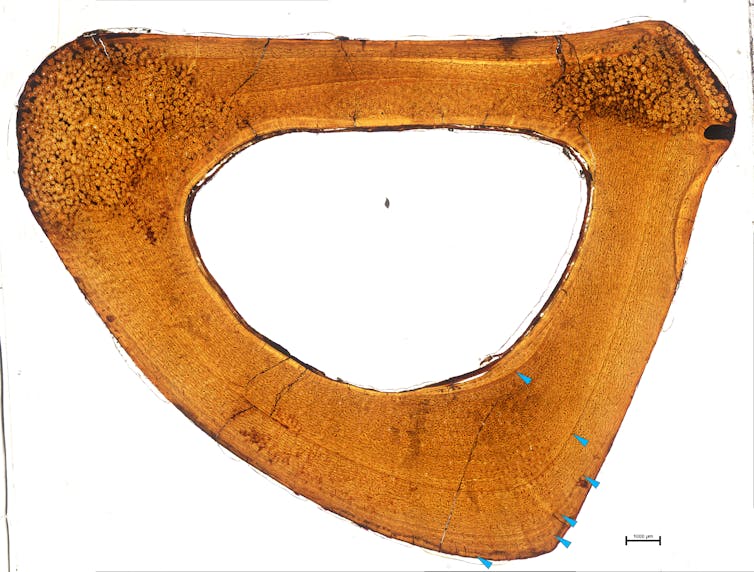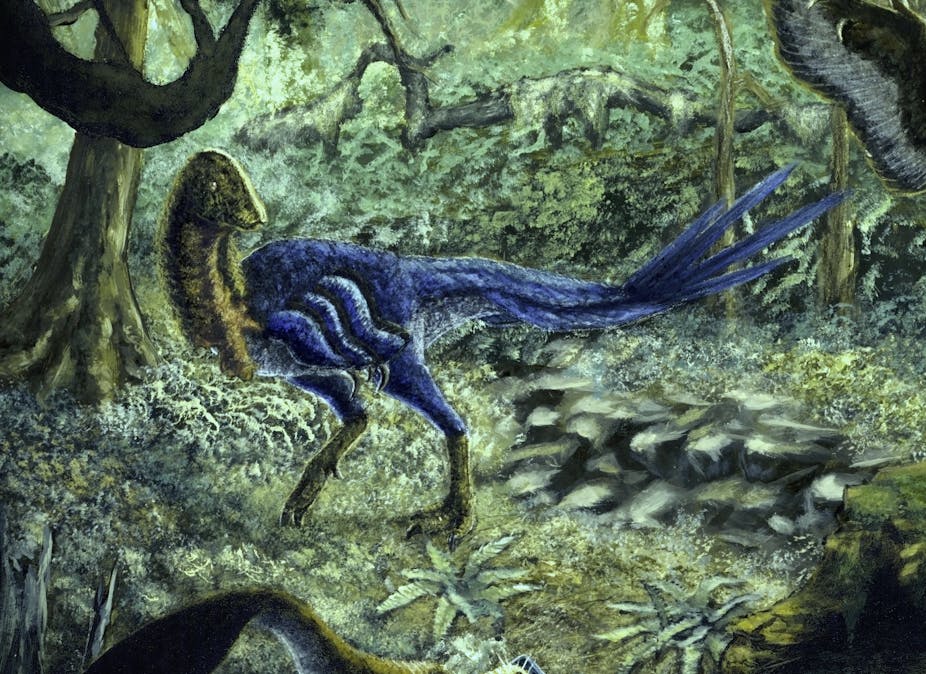Talks, field trips and events organised by west country geological organisations are publicised on this blog. Discussion about geological topics is encouraged. Anything of general geological interest is included.
Saturday 6 April 2024
Mike Benton Lecture
Wednesday 3 April 2024
Curling Stones
Curling Stones
Down to Earth Extra April 2024
Down to Earth Extra April 2024
Saturday 23 March 2024
How Did Duckbill Dinosaurs Get to Morocco?
How Did Duckbill Dinosaurs Get to Morocco?
Saturday 16 March 2024
Anthropocene - the Ongoing Story
Anthropocene - the Ongoing Story
Tuesday 5 March 2024
Earliest Forest in the World in Devon and Somerset
Earliest Forest in the World in Devon and Somerset
Saturday 2 March 2024
Down to Earth Extra March 2024
Down to Earth Extra March 2024
Saturday 24 February 2024
Predicting Volcanism in Iceland
Predicting Volcanism in Iceland
Saturday 10 February 2024
Pterosaur from Skye
Pterosaur from Skye
Thursday 1 February 2024
Looking at Early Life
Looking at Early Life
A sample of chert rock containing what may be the remains of microorganisms that lived 3.4 billion years ago. Dr. Manuel Reinhardt
Around 3.4 billion years ago, Earth hosted diverse communities of life, as evidenced by exceptionally preserved remains revealing a microorganism ecosystem with various sustenance methods. The complexity of this ancient ecosystem suggests that life had likely existed for hundreds of millions of years, starting early in Earth's history.
THIS ACADEMIC PAPER, focused on rocks from the Buck Reef Chert in South Africa, dating back 3.42 billion years. These rocks are believed to be remnants of the shallow seas around a chain of volcanic islands. The layers of rock contain microscopic carbon-based matter, likely the remains of microorganisms from the ancient seas.
Analyzing the chemical makeup of these remains, the researchers honed in on carbon isotopes, specifically carbon-12 and carbon-13. Living organisms prefer carbon-12, and the ratio between the two isotopes provides insights into an organism's metabolism. The material showed a carbon signature consistent with photosynthesis, indicating the presence of vast quantities of photosynthetic microbes near the sea surface billions of years ago.
However, some blobs exhibited lower levels of carbon-12, suggesting a different metabolic process. The authors propose that these microbes were likely feeding on acetyl coenzyme A. Other blobs with even lower carbon-12 levels indicated microbes producing methane or acetate as waste products, which were then potentially consumed by other microbes.
The distribution of these microorganisms is challenging to determine, but it is suggested that photosynthetic ones lived near the water's surface, while others might have resided in seabed sediments. It seems early life functioned similarly to present-day life.
The research also contributes to the growing evidence supporting an early origin of life on Earth, challenging previous fossil record interpretations. While widely accepted evidence for life is around 3.5 billion years old, older fossils from 3.7 billion years ago or earlier have been reported. However, the difficulty in detecting well-preserved rocks from that era makes it challenging to uncover the earliest history of life. But some suggest that life may have emerged during the Hadean eon, around 4.2 to 4.1 billion years ago.
Many readers of this blog will be amazed at the quality of this article. I did not write it! It was written by ChatGPT. I copied THIS ARTICLE from New Scientist and asked ChatGPT to summarise it in about 400 words, and it did it in 359. I modified the output slightly. Be aware that I will not be doing this on a regular basis but did it as an exercise to see the quality of the output - and I am impressed. Back to the less impressive me next time!
Wednesday 31 January 2024
Earth Heritage, Issue 60, Winter 2024
Earth Heritage, Issue 60, Winter 2024
Saturday 27 January 2024
New Dinosaur Species were Evolving when the Asteroid Struck!
New Dinosaur Species were Evolving when the Asteroid Struck!
Teal markers point to lines of arrested growth on the cross-section of fossilized bone. Toward the outside of the bone, the lines are much closer together, reflecting less growth per year. Researchers counted exactly six lines, meaning this animal was between 6 and 7 years old when it died. Holly Woodward







